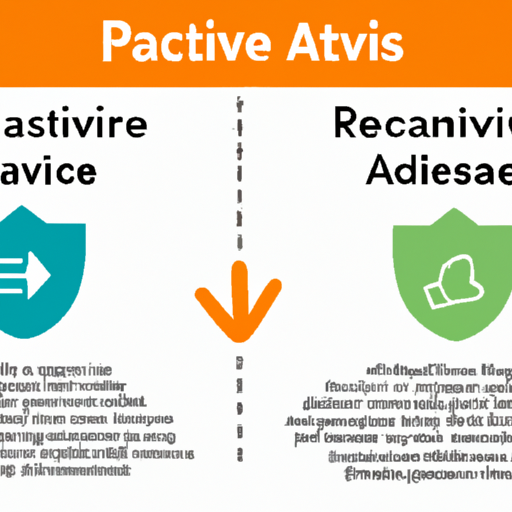Active Recall vs Passive Review Tools: Which Learning Strategy Wins?
In the rapidly changing landscape of education and self-improvement, learners are constantly seeking the most effective techniques to retain and understand information. Two widely discussed approaches are Active Recall and Passive Review. Understanding the key differences, benefits, and best use cases for each can transform your study sessions and boost long-term retention. This article explores the science behind these learning methods, the effectiveness of various tools, and practical tips for integrating them into your study routine.
What is Active Recall?
Active Recall is a powerful learning technique that involves actively stimulating your memory during the learning process. Rather than merely re-reading or reviewing information, you challenge yourself to retrieve information from memory. This method is widely supported by cognitive psychology research as highly effective for long-term learning and knowledge retention.
- Definition: Actively retrieving information from memory without looking at the source material.
- Examples of Active Recall tools: Flashcards, practice tests, self-quizzing, spaced repetition software like Anki.
- Benefits: Strengthens neural connections, improves recall speed, enhances deep learning.
“The testing effect demonstrates that retrieving information from memory leads to better retention than simply reviewing it.” – Cognitive Science Research
What is Passive Review?
Passive Review refers to the process of absorbing information without actively engaging your memory. This approach typically involves reading notes, watching lectures, or highlighting textbooks. Although it can be helpful for initial exposure to new material, it is less effective for long-term retention compared to active recall.
- Definition: Reviewing information by reading or listening, without testing your recall.
- Examples of Passive Review tools: Re-reading notes, summarizing, listening to recorded lectures, highlighting texts.
- Drawbacks: Can create an “illusion of competence”—feeling familiar with the material without true mastery.
Active Recall vs Passive Review: A Comparative Analysis
| Aspect | Active Recall | Passive Review |
|---|---|---|
| Engagement Level | High (active retrieval) | Low (passive exposure) |
| Memory Retention | Superior, long-lasting | Short-term, less durable |
| Feedback | Immediate, clear gaps in knowledge | Minimal, gaps often unnoticed |
| Tool Examples | Flashcards, quizzes, spaced repetition | Re-reading, highlighting, listening |
| Research Support | Strong empirical evidence | Limited effectiveness for retention |
Leveraging LSI Keywords: Enhancing Your Learning Process
To maximize learning effectiveness, it’s essential to choose the right tools and methods for your goals. Here are some LSI keywords (Latent Semantic Indexing) related to this topic:
- Memory retention strategies
- Study techniques for exams
- Spaced repetition systems
- Self-testing benefits
- Active learning methods
- Learning efficiency
- Recall practice
- Information retention tools
- Flashcard apps
- Note-taking methods
How to Incorporate Active Recall and Passive Review in Your Studies
Most effective learners blend both active recall and passive review, depending on the stage of learning. Here’s how you can integrate both approaches:
1. Start with Passive Review for New Material
Use passive methods like reading, listening, or summarizing to become familiar with the material. This creates a foundation for deeper understanding.
2. Transition to Active Recall for Mastery
- Create digital or physical flashcards for key concepts.
- Test yourself regularly, aiming to recall information without prompts.
- Utilize spaced repetition software to optimize review intervals.
3. Combine Both Methods for Maximum Retention
Alternate between passive exposure (reviewing summaries, watching lectures) and active recall (self-quizzing, practice problems) to reinforce learning and avoid forgetting.
Popular Tools for Active Recall and Passive Review
Anki
Spaced repetition flashcard platform, ideal for active recall and long-term retention.
Quizlet
Digital flashcard and self-testing app with collaborative features, supporting both active and passive review.
Notion
Note-taking and organization tool, useful for passive review and integrating active recall questions.
Conclusion: Choose the Right Method for Your Goals
Both active recall and passive review tools have their place in modern learning strategies. While passive review is useful for initial exposure and understanding, active recall excels at embedding knowledge for long-term retention. By leveraging the strengths of both methods and integrating the best study tools, you can accelerate your learning, improve exam performance, and build a robust knowledge foundation.
Embrace active recall vs passive review tools as complementary aspects of your study toolkit, and watch your learning outcomes soar!
